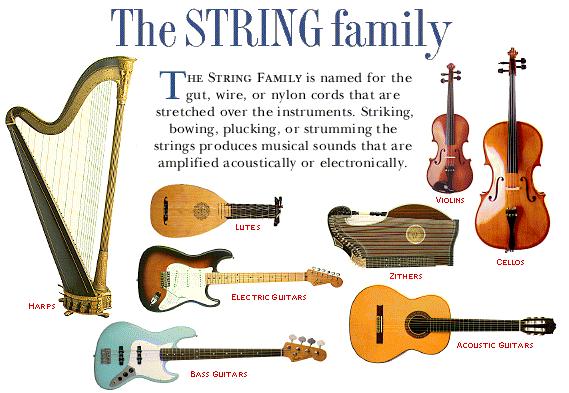

The bow is made from a forked twig that is bound with horsehair and then waxed with Rosin. The strings are usually made from steel these days. It has three strings for playing the melody and a further 16 “sympathy strings.” They resonate with the melody of the notes being played on the three principal strings. Its design is not dissimilar to the Indian Sitar. You will find it in string ensembles playing traditional Bulgarian dance music. It has been a traditional part of Bulgarian culture for centuries and is still used today. 5 – Moroccan RebecĪn interesting instrument with a unique sound. Not only do they see it as important to their culture, but it is seen by Mongolians as a symbol of peace. This is an instrument that is found in many Mongolian homes today. With the two remaining fingers keeping pressure on the strings as the bow is used. It involves fingers on the right hand touching the hairs on the bow. The bowing technique is unique and rather difficult to explain. Strings are made from the hair from the tails of horses. This is shaped like a horse’s head, hence its nickname. At the top are two tuning pegs and the headstock.

There is a bridge on the body and another on the neck. It is shaped a little like a box and is made of wood with a long neck. This is also known as the “Horsehead Fiddle,” and is a symbol of the Mongolian nation and has been given heritage status by UNESCO. To the Mongolian people, there is no musical instrument more important culturally than the Morin Khuur. It has been used in modern times on a single release by the Japanese band “ Do as Infinity.” 4 – The Mongolian Morin Khuur This is to ensure the instrument can play the same notes. If you are using Jinghu in performances, then the melody, therefore, has to be kept within limits. In the Beijing Opera, the Jinghu will often follow the melody of the singer’s voice. The front is covered with snakeskin that is stretched tight. It has been designed to ensure there is a decent level of sound. Likewise, the soundbox is made from bamboo. The strings were made of silk in the past, but these days are steel or nylon. As with the Erhu, there is a bow that is not detachable and sits between the strings. Next on our rundown of Bowed String Instruments You’ve Never Heard Of, we have another bowed instrument that is a member of the Huqin family. The bow that came with the instrument was made of bamboo and horsetail hair. It was played by the fingers pressing down on just the string. It has an octagonal soundbox and a long thin neck with only two strings and did not have a fingerboard. This instrument was made with great care, usually using Sandalwood. They were nearly all played with bows and were a mainstay of Chinese music for centuries. It is a member of the Huqin family of instruments. A similar design separated by thousands of miles. This was also known as a “spike fiddle” for the same reasons as the Arabic Rabab. This is an instrument with a history that dates back almost 4000 years. The various conquests going on at the time meant the instrument found its way to Europe in the 11th century.

2 stringed instrument portable#
Other more portable versions could be carried around. It was fitted with a spike protruding from the bottom, hence its nickname, the “spike fiddle.” You would rest the spike on the ground and play the instrument between your knees, not unlike a Cello. The long-necked variety was possibly the best known. While the originals were all bowed, the later models could also be plucked. It is one of the ancestors of all the European stringed instruments that came later, including the Rebec and the Violin. This is one of the first bowed instruments we can formally identify. Let’s take a look at a few… 1 – Arabic Rabab Some of those were instrumental in the development of the bowed instruments we know now. There were instruments played with bows for hundreds of years before the first violins. We might think that the Violin, Viola, Cello, and Bass are the only instruments played with a bow, but we would be wrong. All with very strange looks and functions. In India, instruments that are 500 years old are found with string patterns that range from 7 to 21. Some have shapes and designs that show the basics of instruments that were to develop over centuries instruments you can clearly see are the forerunners to the violin. Bowed String Instruments You’ve Never Heard Of – Final Thoughts.Want To Learn More About Music and Instruments?.


 0 kommentar(er)
0 kommentar(er)
